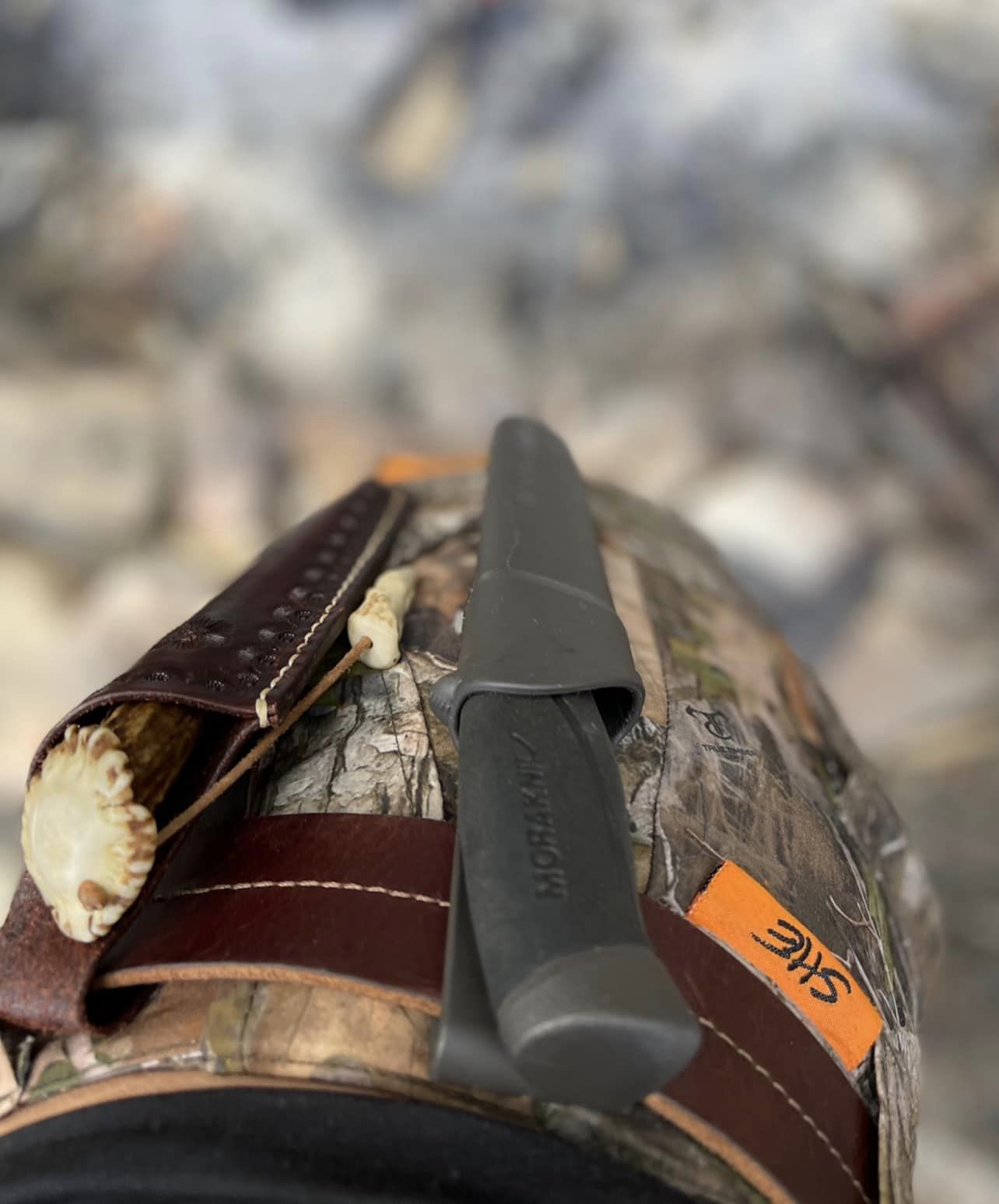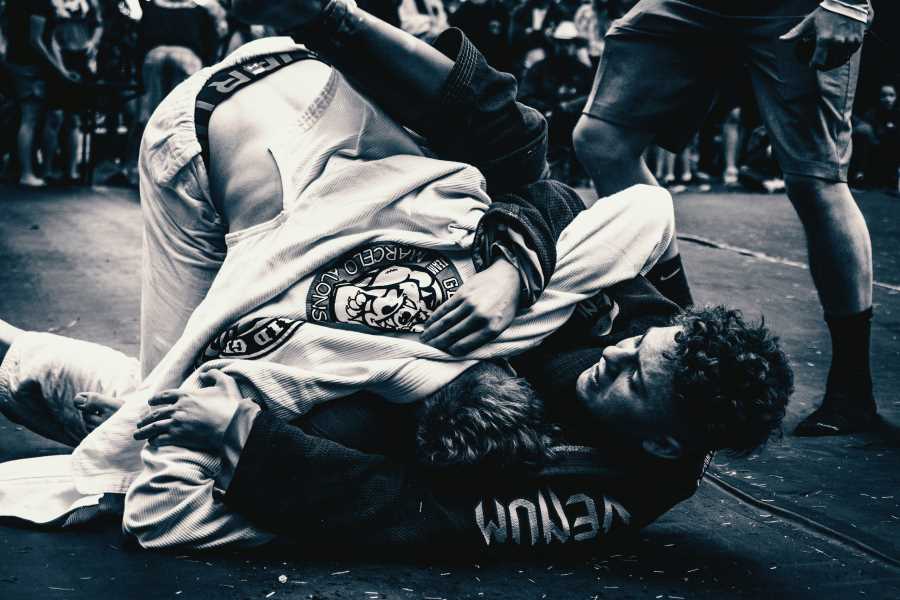
CIT Officers are trained to respond in crisis to mental health crises within their communities. They also receive training in mental health first aid and de-escalation techniques. They go through a variety training, including role playing exercises. Read on to learn more about the CIT officer position.
Crisis Intervention Team (CIT) officers are trained to respond to mental health crises
CIT officers (Crisis Intervention Team) are officers of the police who have been trained to respond to mental-health crises. Their main goal is to reduce the stress and avoid using force, as well as to refer people in need to mental health services to mental hospitals. The training focuses on five goals: reducing injuries to officers as well as the person in crisis, encouraging decriminalization and reducing stigma around mental disorders, and using crisis intervention teams.

They can also be trained to provide deescalation training
The training provided by Cit officers is specialized to deal with potentially dangerous situations. The training is scenario-based and teaches how you can intervene safely. Officers can complete several scenarios without ever leaving the classroom. Officers are given feedback by CIT officers and mental health professionals once they have completed the scenarios.
They receive first aid training for mental health.
An important step towards responding to and preventing mental health crises is having a Cit officer undergo mental health first-aid training. The program is modeled after the nationally recognized Crisis Intervention Team training and is designed to help first responders recognize and respond to the signs of mental illness. It also increases the first responders' knowledge of the mental health system and fosters community relationships. This training helps reduce the number of arrests and injuries in mental health crises.
They participate in role playing exercises
CIT officers receive extensive training in crisis management. Training includes role-playing exercises as well as advanced communication techniques. During the training, they also have the opportunity to engage in discussions with people suffering from mental illness and their families. The exercises are also intended to develop their de-escalation skills.
They develop new curricula
The CIT Program Manager is now offering an eight-hour training in Mental Health First Aid to the public safety and fire/EMS audiences. Participants have received all four of the trainings to date.

They advocate for change
CIT officers are one of the most rewarding roles in law enforcement. They make a huge difference in the lives of people in crisis and ensure they have access to the necessary services. They also help prevent violence and trauma. CIT officers frequently deal with difficult situations and must make use of all their psychological and practical resources to make the difference. They need support from their communities and agencies.
FAQ
Can I be charged with using my stungun?
No. Stun guns are considered "less lethal" weapons. They are considered less lethal because they can't cause serious injury.
But, even if you hit someone accidentally with your stungun, you can still face criminal charges
What are some tips for self-defense for women?
When practicing self-defense, you need to be able to react quickly. This means that you should be prepared for anything.
Train with a friend. Having a partner will allow you to practice together and work on your technique.
Another tip is to practice using something heavy. If you're attacked, you're more likely to strike your attacker harder if the object you are holding is heavy.
Can I carry a stun gun legally?
Yes. But, you'll need to get a permit from your local government.
You will need to fill out an application and pay a fee in order to apply for a permit.
You must keep your permit visible, such as in your wallet, once you receive it.
You will need to repeat the process if your permit is lost.
Statistics
- Verbal harassment was the most common form, but 51 percent of women said they were touched or groped in an unwelcome way, while 27 percent of women survived sexual assault. (healthline.com)
- The Rape, Abuse & Incest National Network reports that 70 percent of sexual violence cases aren't committed by random strangers in a dark alley but by people we know: friends, family, partners, co-workers, etc. (healthline.com)
- Saying this, Self defense 101 would be the importance of situational awareness, which can never be replaced by the finest of martial arts, because it is this that would help you to avoid any likely attacks in the first place. (worldofselfdefense.com)
- Some people walk into a gym thinking they are going to become the best by training whenever they like and not putting 100% effort in. (budodragon.com)
External Links
How To
How to use Kubotans for self defense
Kubotan is a small stick used to fight by Okinawan Martial Arts Masters. These small sticks were made originally from bamboo, but they have since been replaced with metal and plastic.
They measure approximately 5cm in length and 2cm in width.
The Kubotan is designed to strike at an opponent's eyes, nose, and mouth. It also works against other body parts, like elbows or knees.
Women often use Kubotan because they are easy to carry, lightweight, and can easily be concealed when not needed.
To use a Kubotan effectively, you must know where to place the stick to strike the correct spot.
It is important to practice with the Kubotan before you go out in order to hit the right spots.
The following steps show you how to use a Kubotan in self-defense:
-
Face the attacker
-
Hold the Kubotan tightly between your index and thumb.
-
Hold the Kubotan in your right hand.
-
Swing the Kubotan downward towards the attacker's face.
-
The attacker should be struck on the nose and eye area.
-
As the Kubotan strikes the target, you should be able see its impact.
-
Keep swinging the Kubotan up and down until you hear a "thwack".
-
Step back and lower the Kubotan.
-
Continue fighting, follow Steps 1-7.